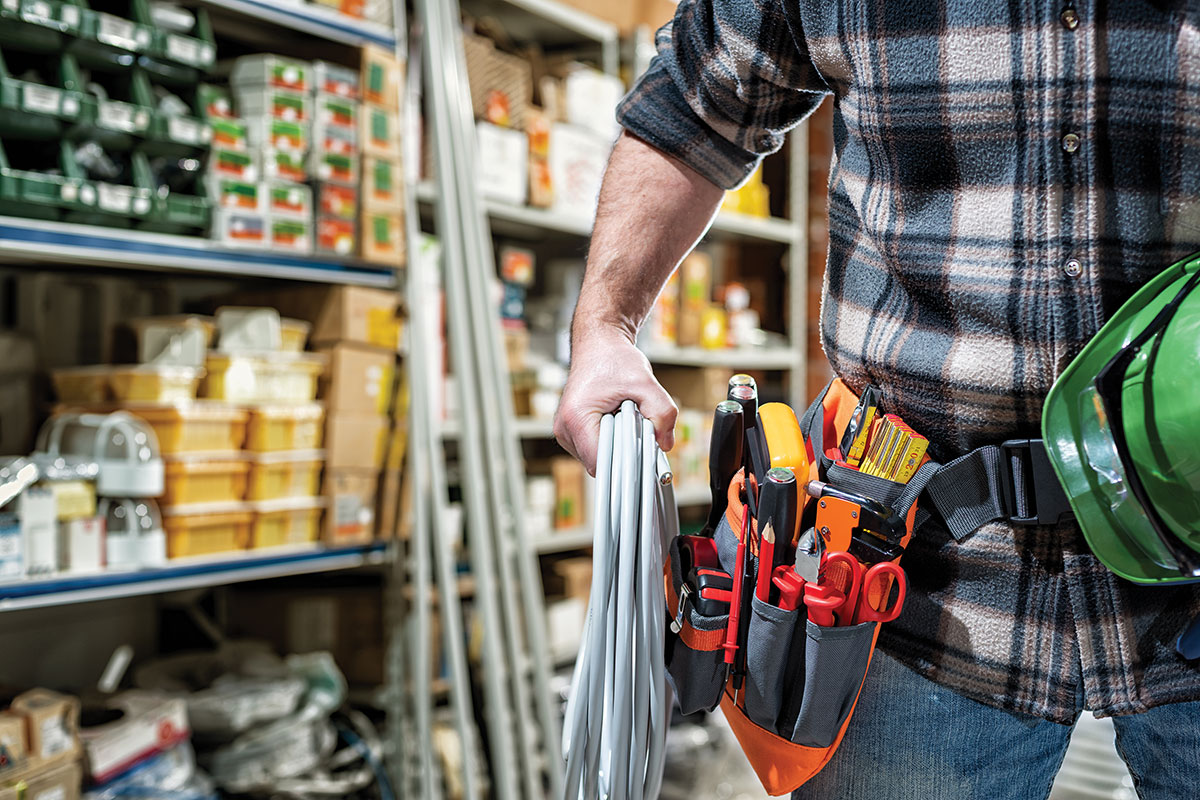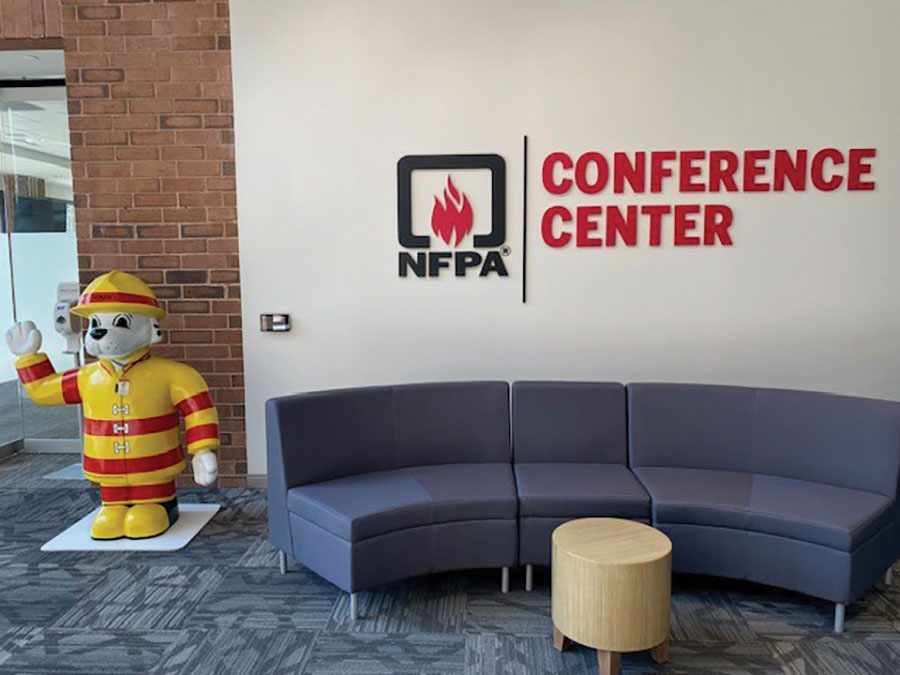When my car began to run hot recently, I took it to a local garage with the hope that the repair would be simple and I could avoid the high costs charged by the dealership. The garage manager said we had two options: 1) flush the engine and change the oil, or 2) replace the oil pump, the timing belt and the water pump — with widely disparate pricing. When hope faded from my face, he added, the first option should be good ’nuff to take care of this problem, particularly since there is no history of overheating.
After I picked up the car, a friend drove my car and I followed in a borrowed car which needed to be returned. Less than three miles later, Annette was signaling that the car was overheating again. With dashed hope, I followed her into a parking lot where we waited until the car was cool enough to return to the garage. Good ’nuff! Yeah, right! Good ’nuff ate into our time, my funds, my trust and, strangely, my self-confidence.
Michael Savage’s article, “To code or not to code…,” reminded me of the car incident and how I had set myself up to undermine the better way. Michael says this scenario, in the electrical environment, is often preceded by the question, “Wouldn’t you agree with me…?” and demonstrates a lack of interest in the true intent of theCode. If the code is the minimum we can build a structure to, relief from that is asking to build a structure below minimum standards!
The articles in this issue focus on achieving theBetterand, sometimes, even theBest. In “Smart Grid and NFPA,” Lonny Simonian and his three co-authors provide a detailed discussion of the Smart Grid environment and how to achieve interoperability of systems and devices. They include a conceptual model of the Smart Grid itself and another model of the customer domain, together with detailed summaries of Smart Grid technologies and possibleNECissues.
Jonathan Cadd, whose mind is always looking for more information, weaves a tale about the BESS battery (2003 technology) that lights up Fairbanks, Alaska, in emergencies and then assures us that even larger batteries are being developed to connect America’s three power grids to form a “SuperStation” energy market hub and balancing authority for customers across the U.S., Canada, and Mexico. This is a must read, if you’re curious!
Three solar photovoltaic articles home in on the new technologies that are most familiar toIAEIreaders. Steve Douglas, “Solar Photovoltaic Installations,” writes that “Section 50 of the Canadian Electrical Code has seen dramatic changes in the last year and a half. As a result … four new rules have been added, and all but two of the existing rules have changed.” Rule 50-014, which requires dc arc-fault protection for PV systems is very similar toNECSection 690.11.
In “Inspecting PV Systems,” John Wiles recognizes the heavy responsibility for public safety that plan reviewers and inspectors bear and offers a detailed checklist for PV power system installations. He also invites questions that are encountered in the field.
Thomas Domitrovich sings “It’s is aPVworld after all!” as he explores the solar market, grid-connected PV capacity, safety plans and situations in which good PV can go bad.
More and more stories about shock and/or injuries involving light poles are being reported. Pete Jackson returns with a powerful article asking “Are Your Streetlights Grounded?” He walks us through the requirements and how to check to assure whether our neighborhoods are safe. “Situations like the ones described… prove the need for and the importance of trained electrical installers and inspectors. We can never become complacent and forget the basics of safe electrical installations.”
Randy Hunter returns with Article 210, Branch Circuits, in which he delves into GFCIs and AFCIs — how they are constructed, what is their purpose, how they work, how to install and to inspect them. Then he continues with required branch-circuit locations.
Les Stoch presents a recurring theme in the Canadian Electrical Code: maximum circuit loading. His article reviews Rule 8-104 and answers a few puzzling questions.
If you have a question about fire pumps, Art Tsisserev correlates the requirements of Rule 32-206 of the CE Code, Part I – 2009 with the changes to NFPA 20-2010. Ark sets up a detailed background and discussion and provides installation diagrams.
In “Introduction to Electronics,” Steve Vidal writes, “Solid state devices have allowed for the technological innovation we have witnessed in the past sixty plus years.” His article helps us grasp how electronics, especially nanotechnology, will lead us to higher levels of technology in the future.
Each of these writers has urged us to insist on installing and inspecting to code, to aiming higher, to seeking theBetter. Chuck Mello, our retiring 2011 International President, has urged the same through his programs and initiatives this past year: we can achieve more if we willingly choose theBetterover good ’nuff in all things.
I wish I had stopped long enough to make that choice when dealing with my car repair.










Find Us on Socials